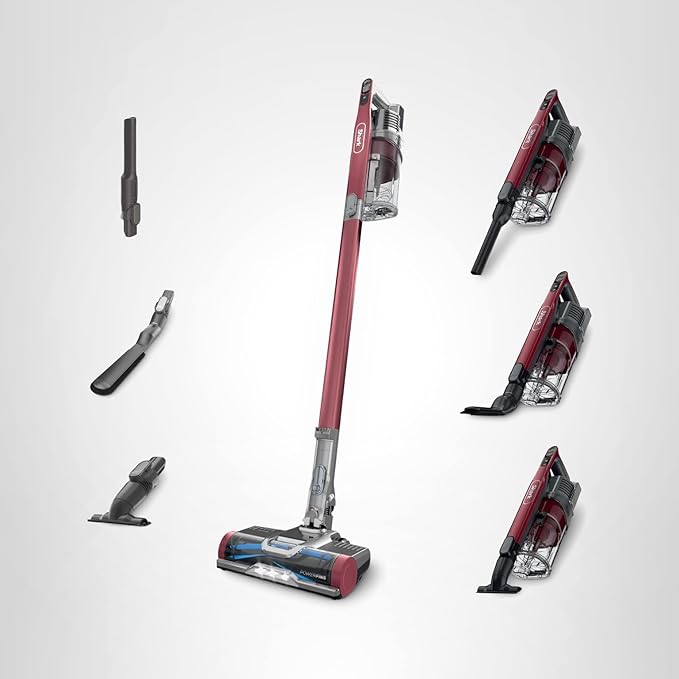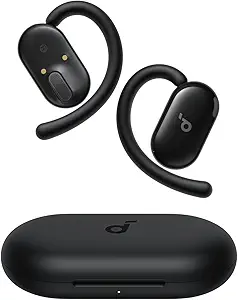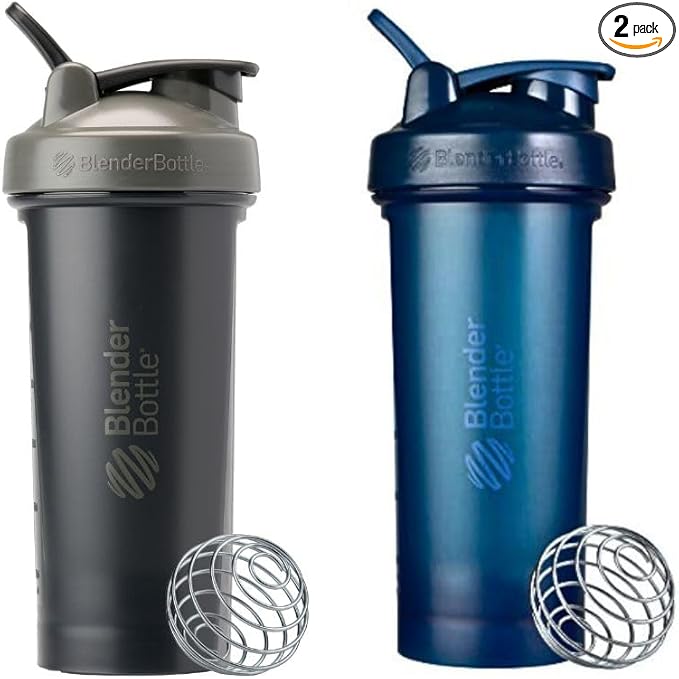The Rise of AR Smart Glasses
Augmented Reality (AR) smart glasses are no longer a futuristic concept—they are here, reshaping how we interact with technology. From real-time navigation overlays to hands-free photography, these devices blend the digital world with our physical environment. The market is growing rapidly, with devices like the Inmo Air 3 and Rokid Smart Glasses at the forefront of innovation.
AR smart glasses offer a potential shift in how we consume information, communicate, and manage daily tasks. But can they truly replace smartphones, or are they complementary devices? This detailed comparison examines every angle—design, display, performance, camera, usability, battery life, accessibility, and features—helping readers decide which AR device aligns with their needs.
Key Takeaways: Inmo Air 3 vs Rokid Smart Glasses
Before diving deeper, here’s a quick overview of key differences:
-
Design: Rokid is lightweight (49g) and ergonomic, while Inmo Air 3 is heavier (135g), making extended use less comfortable.
-
Display: Rokid prioritizes outdoor visibility with 1,500 nits brightness, while Inmo Air 3 offers a wider 36° field of view but struggles under sunlight.
-
Camera: Rokid delivers 12MP 1680p video with excellent low-light performance; Inmo Air 3 has a 16MP 1080p camera but inconsistent quality.
-
Usability: Rokid offers intuitive touch and voice controls; Inmo Air 3 uses a touch remote or ring interface.
-
Battery Life: Rokid provides longer operational time, while Inmo Air 3 can last only 1.5 hours under heavy use.
-
Accessibility: Rokid supports prescriptions from -16 to +16 diopters, significantly better than Inmo Air 3’s -4 to +4 diopters.
Design and Build Quality
The ergonomics of AR smart glasses determine their wearability.
Rokid Smart Glasses
-
Weighing just 49 grams, Rokid emphasizes comfort for prolonged use.
-
Minimalist design with optional sunshade for outdoor use.
-
Ideal for users who value portability and extended sessions without discomfort.
Inmo Air 3
-
Heavier at 135 grams, which may cause fatigue during extended wear.
-
Bulkier design can feel less natural for daily use.
-
Offers higher durability but compromises comfort.
Conclusion: For long-term usability and comfort, Rokid Smart Glasses have a clear advantage.
Display Technology and Visual Experience
The display determines how effectively AR content is viewed in different environments.
Rokid
-
Monochrome green HUD at 640x480p, 23° field of view.
-
Exceptional brightness at 1,500 nits, perfect for outdoor visibility.
-
Focused on clarity over resolution.
Inmo Air 3
-
Full-color 1080p display with 36° field of view.
-
Brightness limited to 600 nits, making outdoor visibility challenging.
-
Broader field enhances immersive experiences but struggles in sunlight.
Takeaway: Rokid prioritizes functionality in varied environments, while Inmo Air 3 aims for a more cinematic visual experience.
Processing Power and RAM
Performance impacts multitasking and device responsiveness.
Rokid
-
Snapdragon AR1 processor with 2GB RAM.
-
Optimized for AR-specific tasks, low latency, and smooth operation.
Inmo Air 3
-
Snapdragon 8-core processor with 8GB RAM.
-
Supports Android OS with full multitasking capabilities.
-
More versatile but less efficient in resource management.
Verdict: Rokid offers a smoother AR experience for dedicated tasks, while Inmo Air 3 provides raw power for app flexibility.
Camera Capabilities
Cameras are critical for AR content capture and interactive applications.
Rokid
-
12MP camera with 1680p video, 109° field of view.
-
Advanced HDR for low-light environments.
-
Reliable image clarity across conditions.
Inmo Air 3
-
16MP camera with 1080p video, 120° field of view.
-
Wider angle but issues with distortion and poor low-light performance.
Recommendation: Rokid’s camera is more consistent for practical use, especially in AR tasks requiring precise visuals.
Control and Usability
Ease of interaction determines the practical value of AR glasses.
Rokid
-
Touch-sensitive interface with voice command integration.
-
Supports live translation, navigation, and productivity tools.
-
Designed for intuitive and seamless AR operation.
Inmo Air 3
-
Touch remote or ring interface mimics smartphone interaction.
-
Less efficient and can slow down multitasking.
-
Android flexibility adds complexity.
Conclusion: Rokid provides superior usability for everyday AR functionality.
Applications and Features
Rokid Smart Glasses
-
Built-in AI capabilities including live translation (89 languages).
-
Offline teleprompter mode.
-
Integration with Google Maps and accessibility features.
Inmo Air 3
-
Android 14 OS with Google Play Store access.
-
App versatility allows web browsing and document editing.
-
Less focused on AR-specific tasks.
Insight: Rokid is optimized for AR and real-time tasks, while Inmo Air 3 is a general-purpose smart device.
Prescription and Accessibility
Rokid
-
Prescription support: -16 to +16 diopters.
-
Inclusive design with accessibility tools for visually/hearing-impaired users.
Inmo Air 3
-
Prescription support: -4 to +4 diopters.
-
Limited accessibility features.
Conclusion: Rokid accommodates a broader audience and is better for users with stronger prescriptions.
Battery Life and Performance
Battery endurance impacts the practical deployment of smart glasses.
Rokid
-
Adjustable brightness settings for extended use.
-
Stable performance over longer sessions.
Inmo Air 3
-
Approximately 1.5 hours under intensive use.
-
Overheating reported during prolonged sessions.
Winner: Rokid ensures longer usability without interruptions.
Customer Support and Updates
Reliable customer support is essential for emerging technologies.
-
Rokid: Responsive service, regular updates, active user feedback integration.
-
Inmo Air 3: Criticism for delayed support and poor response handling.
Recommendation: Rokid offers a more dependable ownership experience.
Real-World Use Cases
Rokid Smart Glasses
-
Business and enterprise: hands-free productivity, live translations, and data overlays.
-
Travel and navigation: AR maps and offline teleprompter.
-
Accessibility: enhanced usability for users with visual or hearing limitations.
Inmo Air 3
-
Android users: app versatility for browsing, document editing, and multimedia.
-
Less optimized for dedicated AR experiences.
Comparative Summary Table
| Feature | Rokid Smart Glasses | Inmo Air 3 |
|---|---|---|
| Weight | 49g | 135g |
| Display | 640x480p, 1,500 nits, 23° FOV | 1080p, 600 nits, 36° FOV |
| Camera | 12MP, 1680p, HDR | 16MP, 1080p, some distortion |
| OS | Custom AR OS | Android 14 |
| Controls | Touch & Voice | Touch Remote/Ring |
| Battery | Extended, stable | 1.5 hours, overheating |
| Prescription | -16 to +16 D | -4 to +4 D |
| Accessibility | Extensive | Limited |
| Customer Support | Strong | Limited |
Final Verdict
-
Rokid Smart Glasses: Ideal for AR-focused users, prioritizing comfort, usability, and accessibility.
-
Inmo Air 3: Suited for Android enthusiasts who value app versatility but can compromise on AR practicality.
For most users seeking a reliable, user-friendly AR experience, Rokid emerges as the superior choice.
Related Guides for AR Enthusiasts
References
-
Sullivan, S. (2025). AR Smart Glasses Comparison: Inmo Air 3 vs Rokid. Geeky Gadgets.
-
TechRadar. (2025). The Best AR Glasses for Enterprise and Consumer Use.
-
IEEE Access. (2024). Augmented Reality in Wearables: Trends and Applications.




































0 Comments